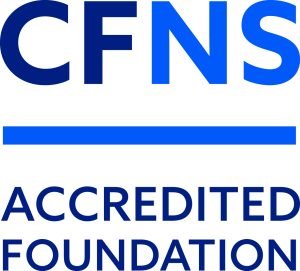As an advisor, you often talk with your clients about life insurance–how much is enough and which policies are best suited for a client’s particular situation. As you counsel your clients about risk management and the role of life insurance in their estate plans, don’t forget that life insurance can be an effective charitable giving tool in some situations.
Many advisors overlook the ease of naming a charity as the beneficiary of a life insurance policy. Certainly, qualified plans and IRAs are a more tax-effective vehicle to leave to a charity via a beneficiary designation, but some clients might want to do even more than that. For instance, “second-to-die” life insurance policies are a common hedge or shield against anticipated estate taxes. These policies may become more popular as the estate tax exemption drops back down at the end of 2025.
Some clients may not be fully aware of how important beneficiary designations really are. Of course, many policyholders will first want to provide for family members in either specified dollar amounts or percentages. What some clients may not realize is that they can also designate insurance proceeds to support the causes they care about, whether by naming a charity directly or naming a fund at the Community Foundation to carry out their charitable wishes.
Increasing the coverage under an existing policy may present an additional charitable giving opportunity for some clients. Because policy premiums generally do not rise proportionately to benefit amounts, expanding the benefits can be cost-efficient. For example, if a client would like each of four family-member beneficiaries to receive $250,000 from a million-dollar life insurance policy, adding $250,000 of benefit will typically not increase the premium by 25%. The benefit-to-premium ratio may improve. In a case like this, the client can name the four family-member beneficiaries and the charity to each receive ⅕ of the policy benefits. Depending on the client’s overall financial and estate planning picture, a technique like this might truly deliver bang for the buck.
Although deploying life insurance as a charitable planning technique may not be a fit for every client, it’s certainly worth considering in edge cases. Indeed, the global market for term insurance is growing—from $850 billion in 2021 to an expected $1.3 trillion by 2028. Many people buy term insurance with its relatively low fixed-rate premiums for 20 – 30 years as a hedge for potentially lost income during high-expense times in life, such as children’s college years, or to pay off a mortgage. But if those years pass uneventfully (fingers crossed!), and amid an improved personal financial position, it’s an opportune time to reassess and even continue the policy.
Past-term insurance policy premiums can then be viewed as sunk or unrecoverable costs and future premiums can be seen as a relatively moderate “investment” relative to the benefit. Of course, all of your clients want to outlive their policies. But as long as a policy is in effect, the policy offers many potential opportunities, including for charitable giving. Reach out to the Community Foundation to explore this further. We’d love to talk!










